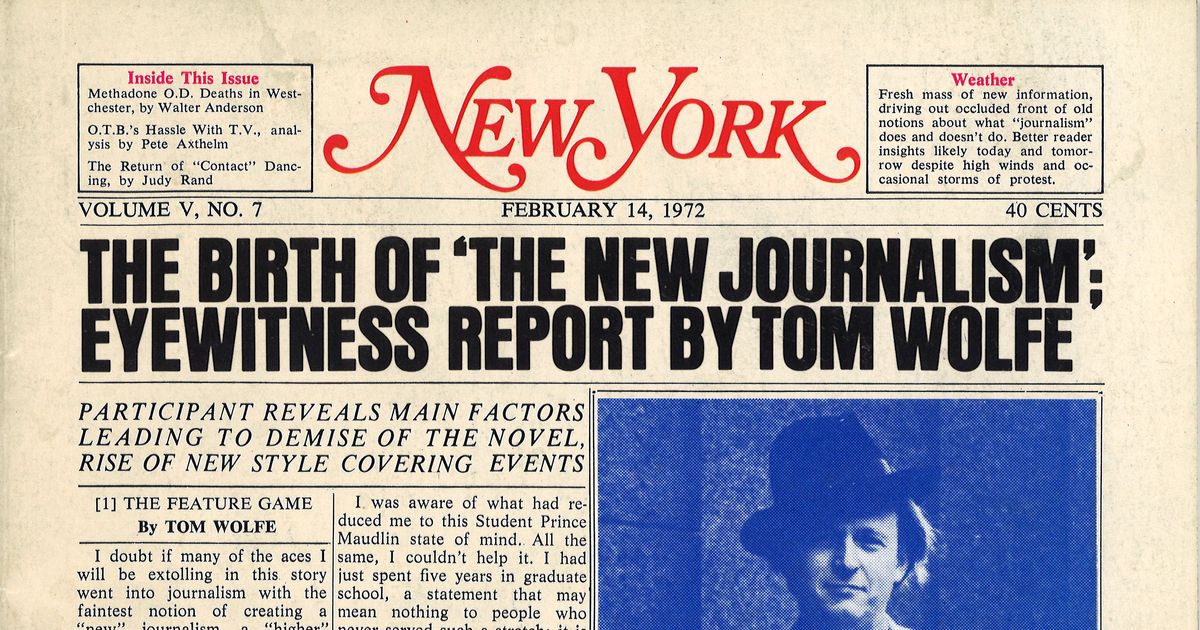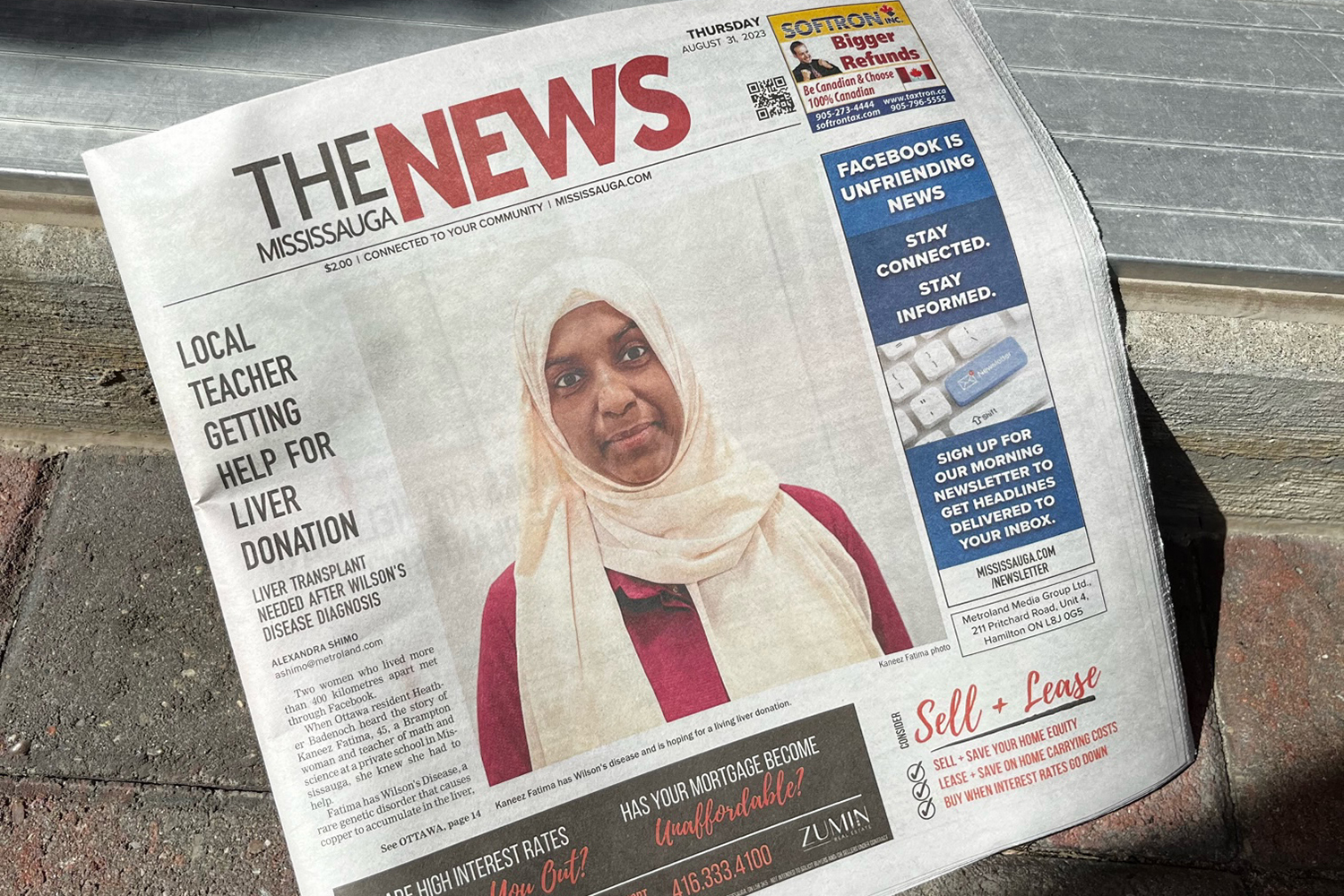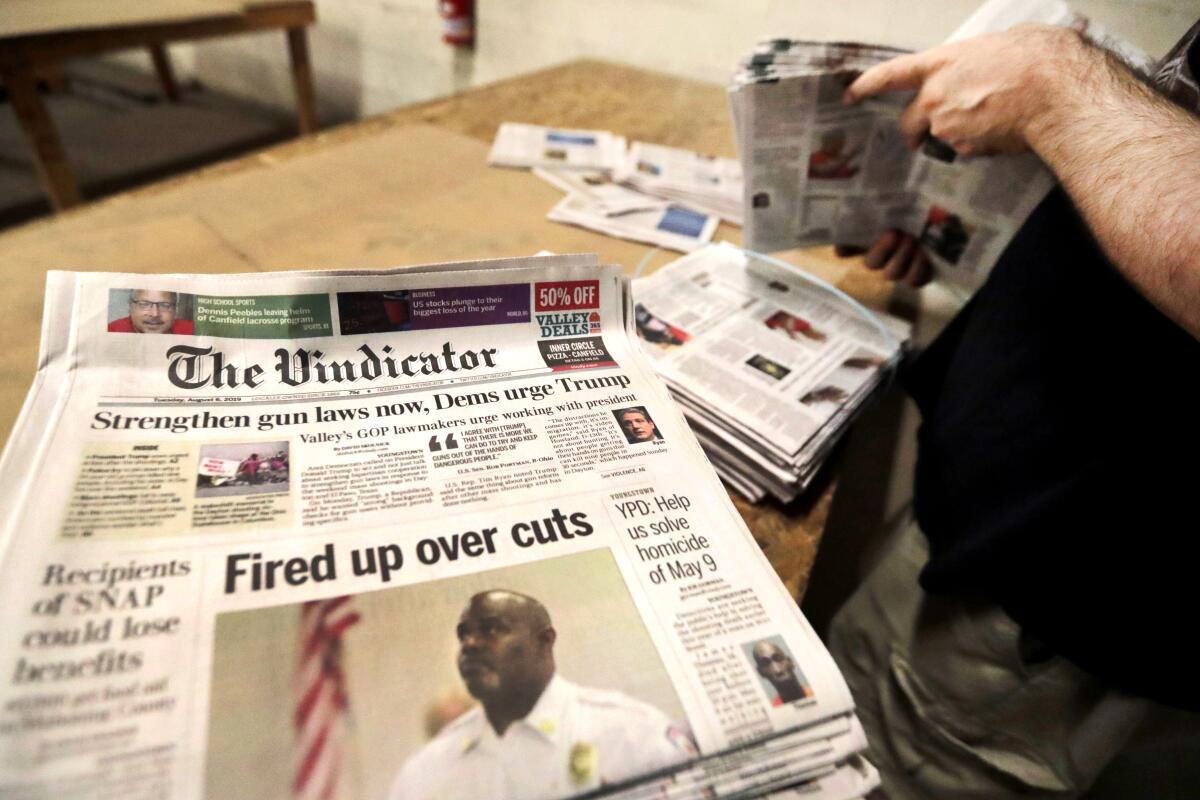The smart Trick of News Articles That Nobody is Discussing
The smart Trick of News Articles That Nobody is Discussing
Blog Article
Not known Facts About News Articles
Table of ContentsNot known Incorrect Statements About News Articles Indicators on News Articles You Need To KnowThe Ultimate Guide To News ArticlesFacts About News Articles RevealedThe 9-Minute Rule for News Articles
Good expertise of various subjects provides trainees an one-upmanship over their peers. Despite the fact that digital and social media sites are readily accessible, we ought to not fail to remember how important it is to check out the papers. Parents need to try and instill the habit of reviewing a newspaper as an everyday routine to continue the legacy of the adored print medium.Information tales additionally consist of at least one of the following essential attributes relative to the desired audience: distance, prominence, timeliness, human interest, oddity, or consequence.
Within these limitations, newspaper article likewise intend to be extensive. Various other variables are included, some stylistic and some acquired from the media kind. Amongst the bigger and much more recognized newspapers, fairness and balance is a significant consider presenting details. Discourse is normally confined to a separate section, though each paper may have a various total slant.
Newspapers with an international audience, for example, tend to make use of a much more official design of writing. The specific selections made by a news outlet's editor or content board are commonly collected in a style guide; typical style overviews consist of the and the United States News Design Publication. The primary objectives of news writing can be summed up by the ABCs of journalism: precision, brevity, and clarity.
How News Articles can Save You Time, Stress, and Money.
As a rule, reporters will certainly not utilize a lengthy word when a short one will certainly do. They make use of subject-verb-object building and vibrant, active prose (see Grammar). They use stories, instances and allegories, and they hardly ever depend on generalizations or abstract concepts. News writers try to prevent making use of the very same word greater than when in a paragraph (often called an "resemble" or "word mirror").
Headings occasionally leave out the subject (e.g., "Jumps From Watercraft, Catches in Wheel") or verb (e.g., "Feline lady fortunate"). A subhead (additionally subhed, sub-headline, subheading, caption, deck or dek) can be either a subservient title under the primary heading, or the heading of a subsection of the short article. It is a heading that comes before the main message, or a group of paragraphs of the major text.

Additional signboards of any of these types may appear later in the post (especially on subsequent web pages) to entice additional analysis. Such billboards are additionally made use of as tips to the short article in various other areas of the magazine or website, or as ads for the piece in various other magazine or sites. Typical structure with title, lead paragraph (recap in strong), various other paragraphs (details) and contact details.

Instance of a hard-lead paragraph NASA is suggesting an additional room task. The agency's budget plan request, introduced today, consisted of a strategy to send one more objective to the Moon. This time around the agency wants to establish a long-lasting facility as a jumping-off point for other area adventures. The budget requests approximately $10 billion for the task.
The NASA news came as the agency asked for $10 billion of appropriations for the job. An "off-lead" is the second essential front web page information of the day. The off-lead shows up either in the leading left edge, or directly listed below the lead on the. To "bury the lead" is to begin the article with background details or information of secondary importance to the visitors, forcing them to find out more deeply right into a post than they ought to have to in order to discover the essential factors.
Unknown Facts About News Articles
Usual use is that one or 2 sentences each create their very own paragraph. Journalists normally explain the organization or imp source framework of an information tale as an upside down pyramid. The vital and most fascinating components important source of a story are put at the start, with sustaining information complying with in order of reducing importance.
It allows people to explore a topic to only the deepness that their interest takes them, and without the charge of details or nuances that they can think about pointless, but still making that information offered to more interested viewers. The upside down pyramid framework likewise enables posts to be cut to any approximate size during layout, to suit the room available.
Some writers begin their tales with the "1-2-3 lead", yet there are many type of lead offered. This layout usually begins with a "5 Ws" opening paragraph (as described above), followed by an indirect quote that serves to support a major element of the very first paragraph, and afterwards a straight quote to support the indirect quote. [] A twist can refer to several points: The last story current program; a "happy" story check here to end the program.
Longer write-ups, such as magazine cover write-ups and the pieces that lead the within areas of a newspaper, are understood as. Feature tales differ from straight information in several methods. Foremost is the absence of a straight-news lead, most of the time. As opposed to supplying the significance of a story in advance, feature authors may try to lure viewers in.
Facts About News Articles Revealed
A function's initial paragraphs commonly relate an interesting minute or event, as in an "unscientific lead". From the details of an individual or episode, its view rapidly expands to abstract principles about the story's topic.

The Editor's Tool kit: A Referral Guide for Beginners and Professionals (2001) Allan M. Siegal and William G. Connolly. The New York Times Manual of Design and Usage: The Official Style Guide Made Use Of by the Writers and Editors of the World's Most Reliable Newspaper (2002) M. L. Stein, Susan Paterno, and R.
Report this page